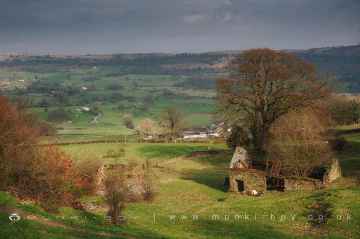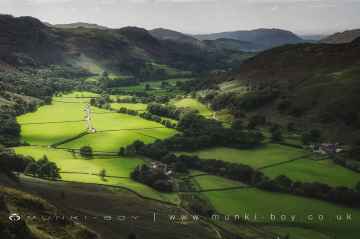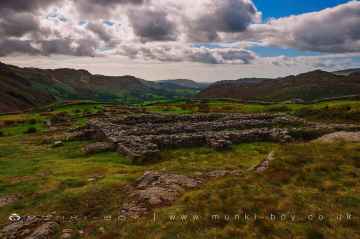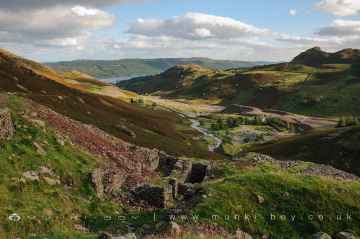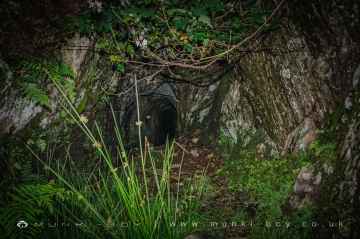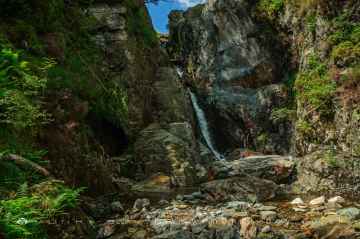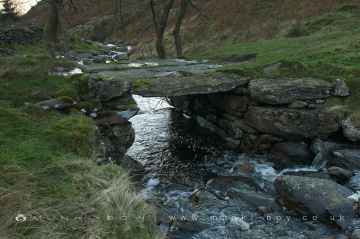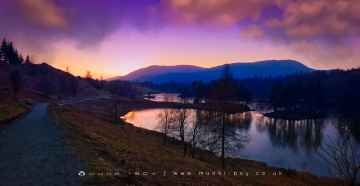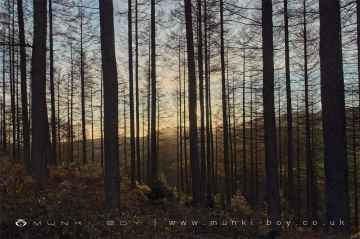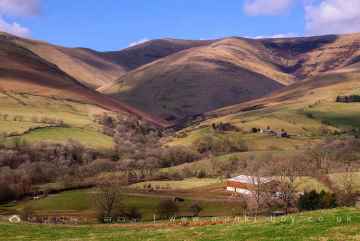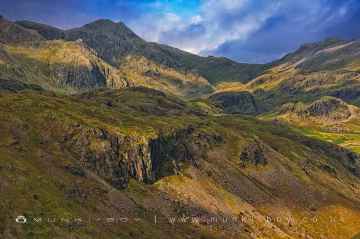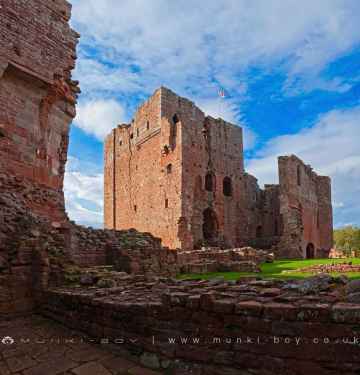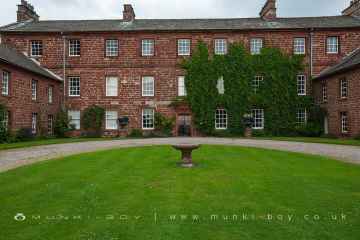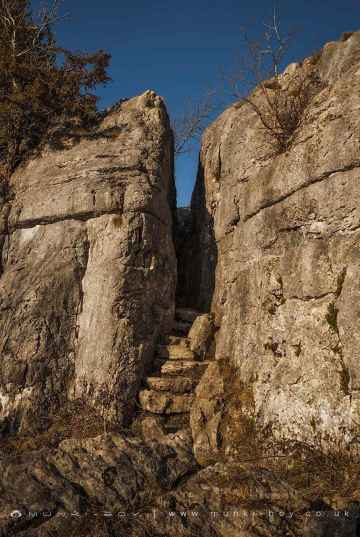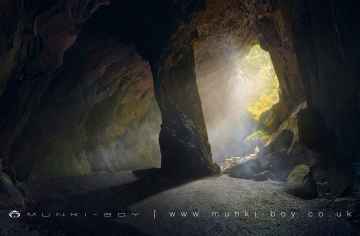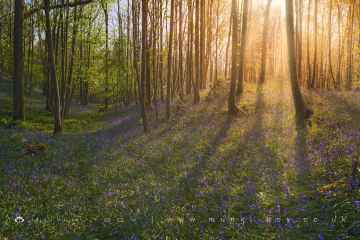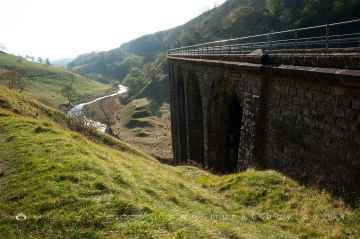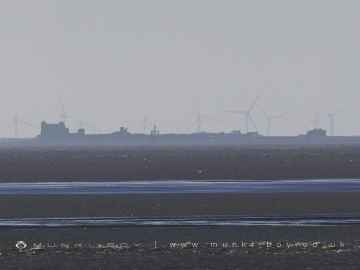Keswick
Keswick is a Town in the county of Cumbria.
Keswick postcode: CA12 4
There are great places to visit near Keswick including some great hills, hiking areas, villages, ancient sites, ruins, old mines, waterfalls, rivers and streams, lakes, woodlands, towns, mountains, castles, historic buildings, historic monuments, caves, bluebell woods, nature reserves, disused railway lines, airports and islands.
Don't miss Cartmel Fell, White Pike (Seathwaite), The Knott, Broughton Moor, Catbells, Orrest Head, and Haystacks's hills if visiting the area around Keswick.
The area around Keswick boasts some of the best hiking areas including Cartmel Fell, Coniston Coppermines Valley, Borrowdale, Styhead Tarn, Troutbeck, Orrest Head, and Wild Boar Fell.
Eskdale, Coniston, Seatoller, Troutbeck, High Borrans, Kentmere, and Brigsteer are some of Keswick best villages to visit near Keswick.
Keswick's best nearby ancient sites can be found at Hardknott Roman Fort, The Hawk, Sunkenkirk Stone Circle, Castlerigg Stone Circle, High Borrans Romano-British Settlement, Mayburgh Henge, and Gunnerkeld Stone Circle.
Keswick has some unmissable ruins nearby like Bonsor East Mine Workings, Bonsor Dressing Floors, Penny Rigg Copper Mill, Appletree Worth, Stephenson Ground Limekiln (ruin), Water Yeat Limekiln (ruin), and Hebblethwaite Hall Gill.
The area around Keswick features a number of interesting old mines including Penny Rigg Quarry Adit, Three Kings Mine, Tilberthwaite Gill Head Waterfall Level, Horse Crag Quarry, Tilberthwaite Deep Level Adit, Cathedral Quarry, and Parrock Quarry.
Keswick has some unmissable waterfalls nearby like Tilberthwaite Gill, Rydal Falls, Hebblethwaite Hall Gill, Styhead Gill Waterfalls, Taylorgill Force, Aira Force, and Hell Gill Force.
The area around Keswick features a number of interesting rivers and streams including River Lickle, Appletree Worth Beck, Styhead Gill, Crowdundle Beck, Aira Beck, Hell Gill, and River Kent at Kentmere.
Lakes to visit near Keswick include Tarn Hows, Thirlmere Reservoir, Derwentwater, Styhead Tarn, Windermere, Wastwater, and Ullswater.
Broughton Moor, Brigsteer Park, Cow Close Wood, Jeffy Knotts Wood, and Grubbins Wood are some of Keswick best woodlands to visit near Keswick.
There are a several good towns in the Keswick area like Sedbergh, Bowness On Windermere, Ulverston, Penrith, Kendal, Ambleside, and Kirkby Stephen.
Keswick's best nearby mountains can be found at Scafell, Blencathra - Hallsfell Top, Skiddaw, Hartsop Dodd, Stony Cove Pike [Caudale Moor], Place Fell, and Wild Boar Fell.
Keswick's best nearby castles can be found at Brough Castle, Lowther Castle, Pendragon Castle, Lammerside Castle, Kendal Castle, Sizergh Castle, and Castlesteads (Lowther).
There are a several good historic buildings in the Keswick area like Acorn Bank, Acorn Bank Watermill, Church of St Peter Askham, St Michael’s Church at Lowther, Lowther Mausoleum, Askham Hall, and Smardale Gill Viaduct.
There are a several good historic monuments in the area around Keswick like Fairy Steps.
Don't miss Cathedral Quarry, Fairies Cave, Holy Well Cave, and Buttermere Tunnel's caves if visiting the area around Keswick.
Cow Close Wood, and Jeffy Knotts Wood are some of Keswick best bluebell woods to visit near Keswick.
The area around Keswick's best nature reserves can be found at Smardale Gill Nature Reserve.
The area close to Keswick boasts some of the best disused railway lines including Smardale Gill Nature Reserve.
Airports to visit near Keswick include Barrow/Walney Island Airport, and Carlisle Lake District Airport.
The area close to Keswick boasts some of the best islands including Piel Island.
Keswick History
There are some historic monuments around Keswick:
Places to see near Keswick
Etymology of Keswick
The town is first recorded in Edward I’s charter of the 13th century, as “Kesewik”. Scholars have generally considered the name to be from the Old English, meaning “farm where cheese is made”, the word deriving from “cÄse” (cheese) with a Scandinavian initial “k” and “wÄ«c” (special place or dwelling), although not all academics agree. George Flom of the University of Illinois (1919) rejected that derivation on the grounds that a town in the heart of Viking-settled areas, as Keswick was, would not have been given a Saxon name; he proposed instead that the word is of Danish or Norse origin, and means “Kell’s place at the bend of the river”. Among the later scholars supporting the “cheese farm” toponymy are Eilert Ekwall (1960) and A. D. Mills (2011) (both Oxford University Press), and Diana Whaley (2006), for the English Place-Name Society.
History of Keswick
Keswick was granted a charter for a market in 1276 by Edward I. This market has an uninterrupted history lasting for more than 700 years. The pattern of buildings around the market square remained broadly the same from this period until at least the late 18th century, with houses - originally timber-framed - fronting the square, and sturdily enclosed gardens or yards at the back. According to local tradition these stout walls and the narrow entrances to the yards were for defence against marauding Scots. In the event it appears that the town escaped such attacks, Scottish raiders finding richer and more accessible targets at Carlisle and the fertile Eden Valley, well to the north of Keswick. With the Dissolution of the Monasteries, between 1536 and 1541, Furness and Fountains Abbeys were supplanted by new secular landlords for the farmers of Keswick and its neighbourhood. The buying and selling of sheep and wool were no longer centred on the great Abbeys, being handled locally by the new landowners and tenants. This enhanced Keswick’s importance as a market centre, though at first the town remained only modestly prosperous: in the 1530s John Leland wrote of it as “a lytle poore market town”. By the second half of the century, copper mining had made Keswick richer: in 1586 William Camden wrote of “these copper works not only being sufficient for all England, but great quantities of the copper exported every year” with, at the centre, “Keswicke, a small market town, many years famous for the copper works as appears from a charter of king Edward IV, and at present inhabited by miners”. Earlier copper mining had been small in scale, but Elizabeth I, concerned for the defence of her kingdom, required large quantities of copper for the manufacture of weapons and the strengthening of warships. There was the additional advantage for her that the Crown was entitled to royalties on metals extracted from English land. The experts in copper mining were German, and Elizabeth secured the services of Daniel Hechstetter of Augsburg, to whom she granted a licence to “search, dig, try, roast and melt all manner of mines and ores of gold, silver, copper and quicksilver” in the Keswick area and elsewhere.
Lakes near Keswick
Rivers near Keswick
Shopping in Keswick
Spar Shorley Lane, Keswick
Spar supermarket
Lakes & Dales Co-operative 25, Main Street
Lakes & Dales Co-operative supermarket
Booths Tithebarn Street, Keswick
Booths supermarket

























